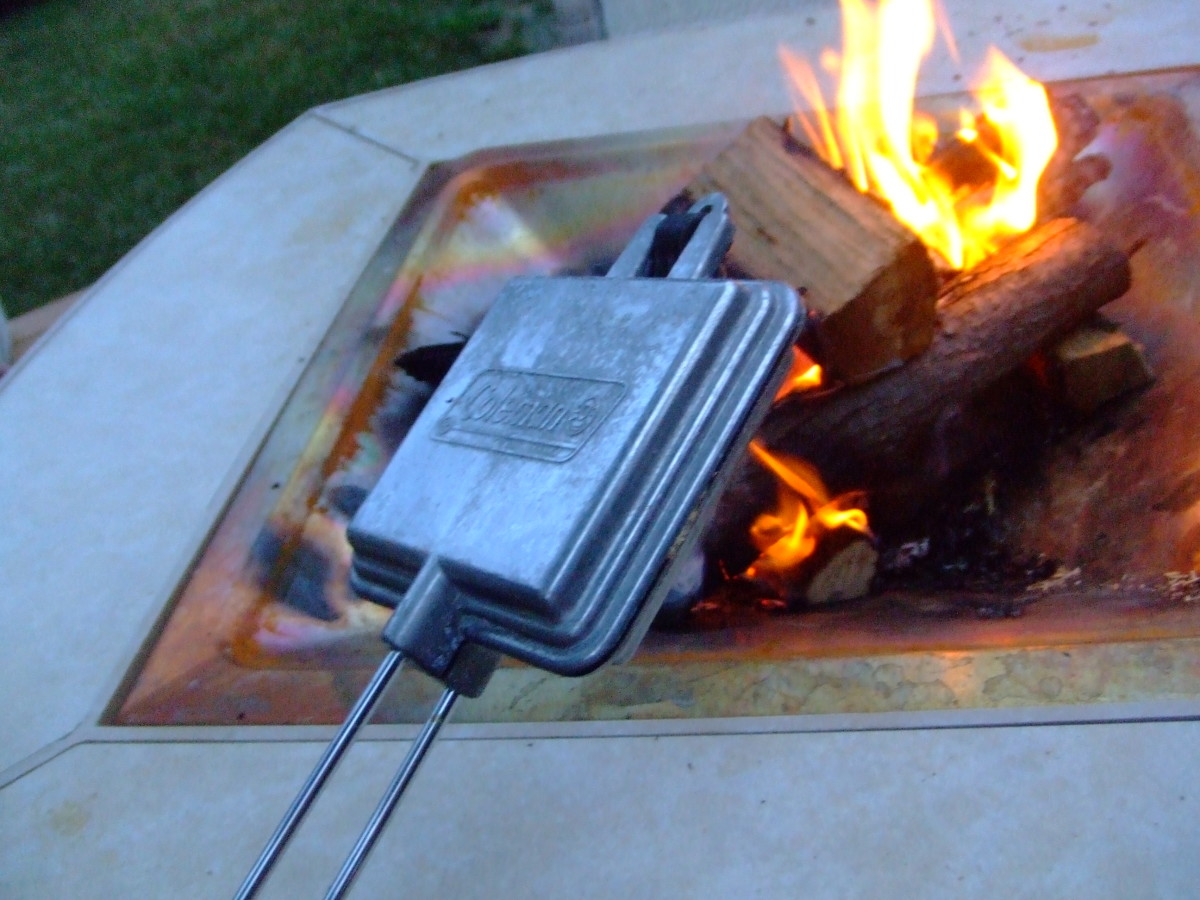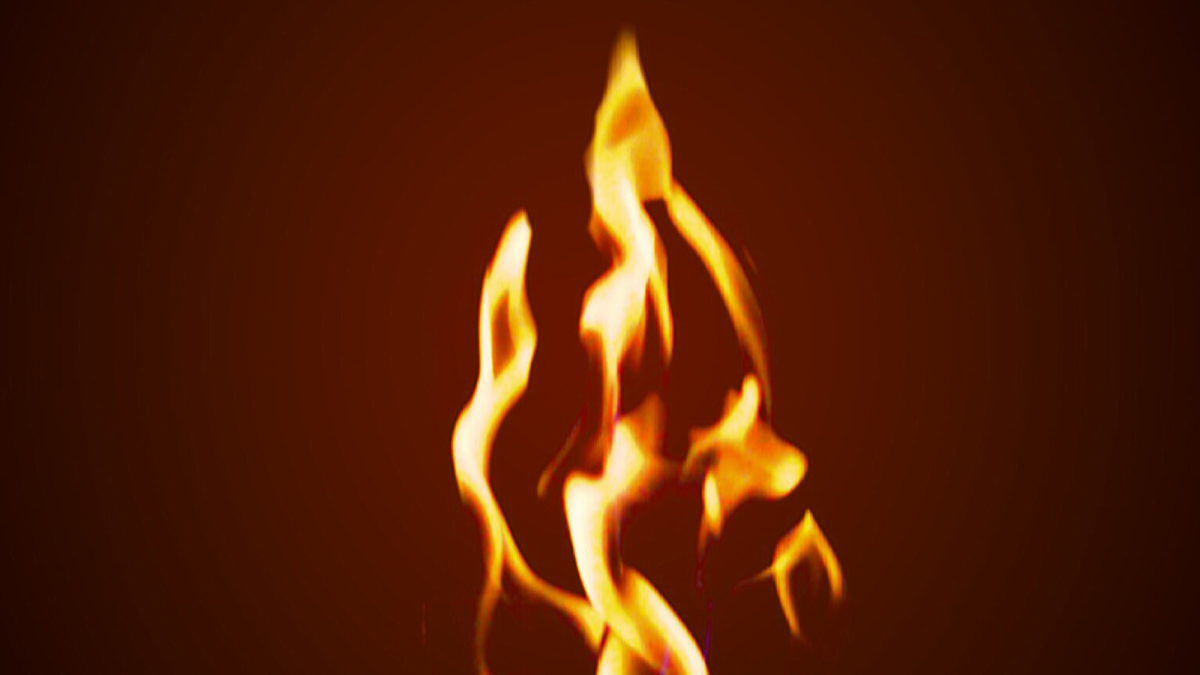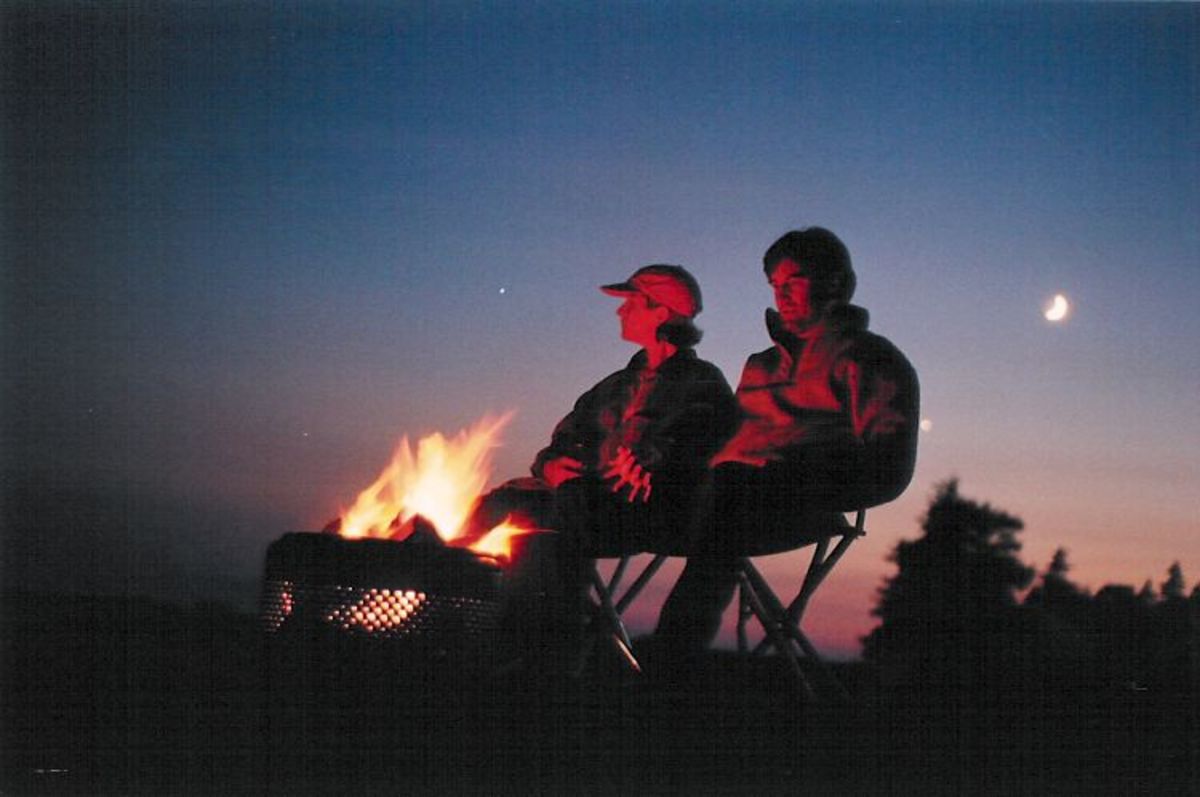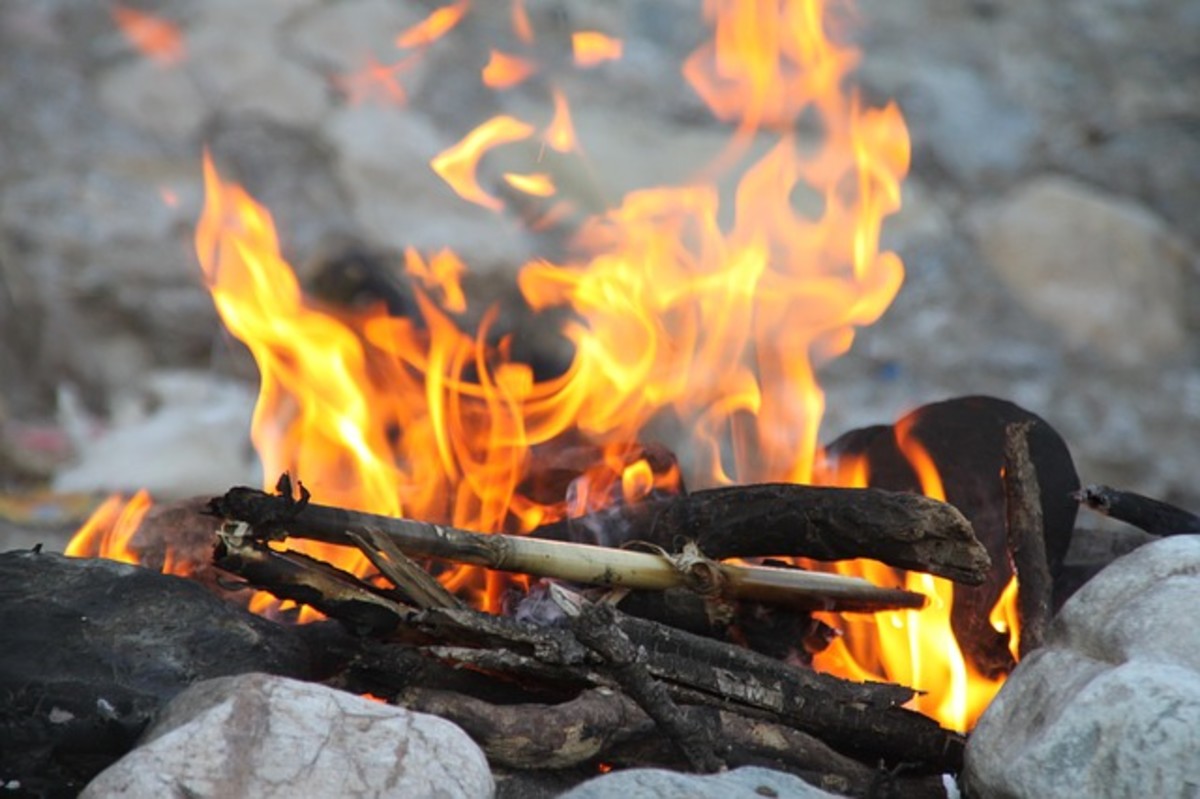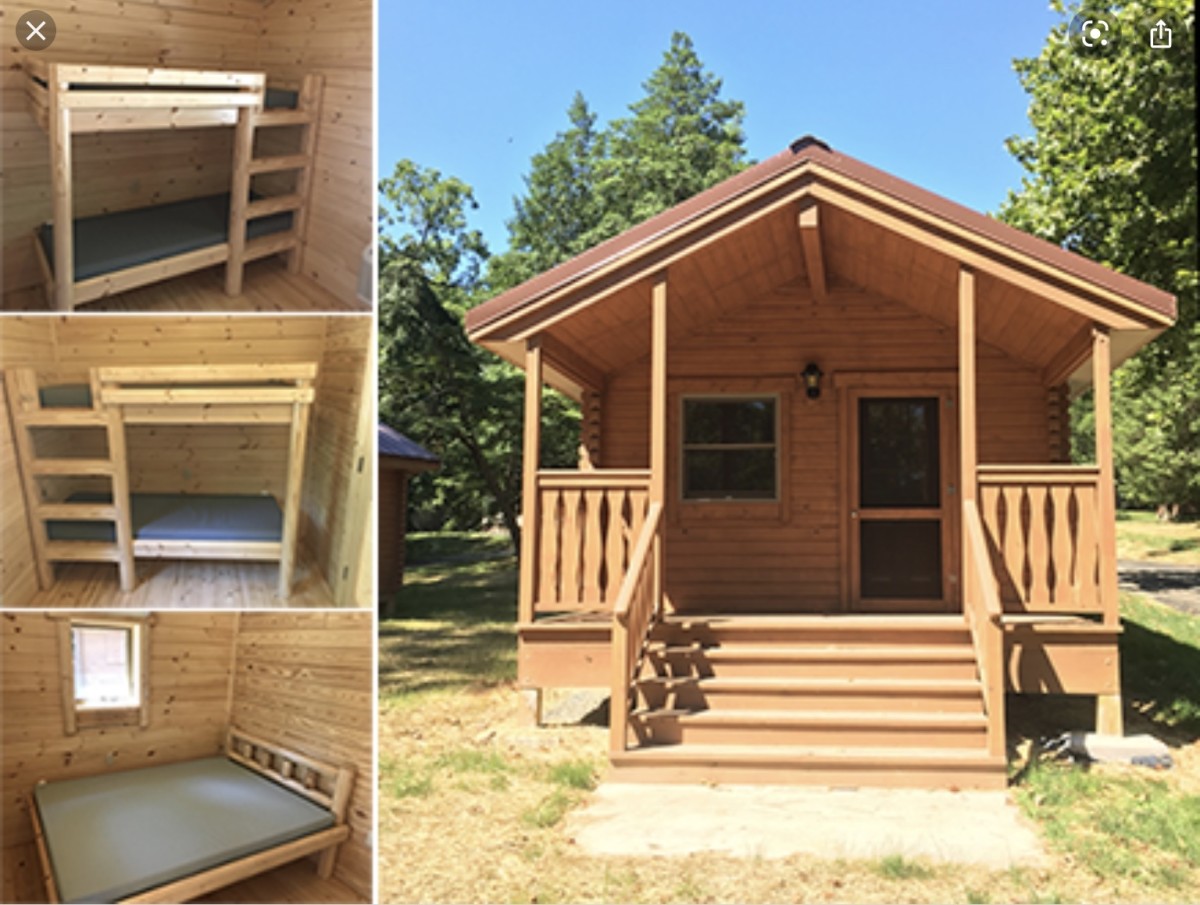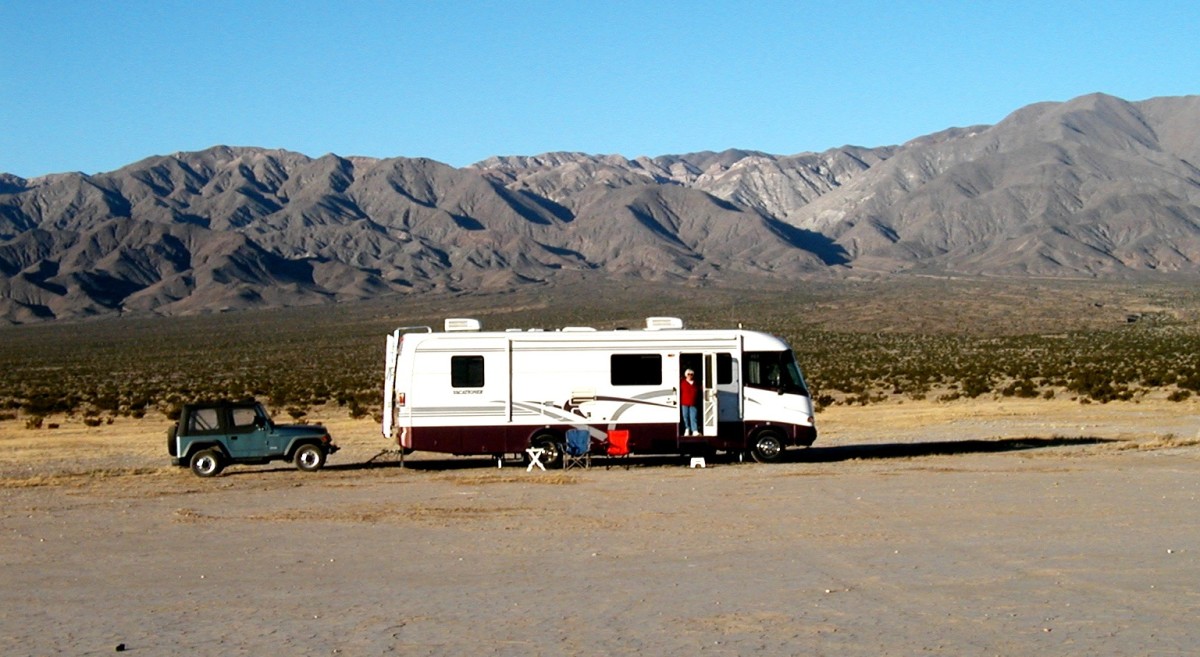Know the Best Answer to the Question "How Hot Does A Campfire Get?"
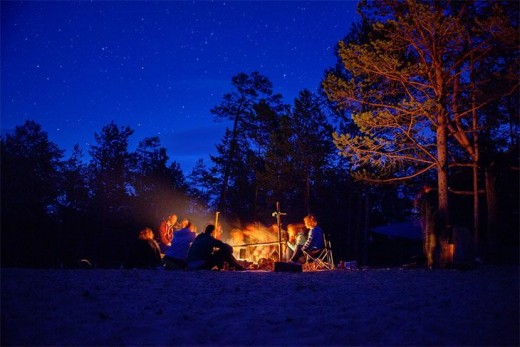
There’s nothing more relaxing and fun than to cap off a long, tiring trekking day sitting around the campfire eating roasted deli and chatting with your fellow campers. But have you ever wondered how hot does a campfire get? Is it hot enough to cook food? Melt metal? Boil water?
Have you seen the movie “Castaway” starring Tom Hanks? Do you recall the scene when Tom Hanks knocks himself out trying to dislodge his tooth? He fell with his head close to the campfire in his cave. We predicted that he's going to wake up with a badly burnt face, but the next scene shows him awake at dawn and is unharmed. It’s just inaccurate, that scene.
We knew someone who burnt the side of his face just by getting too close to the campfire when trying to light some twigs on fire!
To answer how hot does a campfire get, let us first look at how wood burns and determining the flame’s temperature just by only looking at its color.
How Does Wood Create Fire?
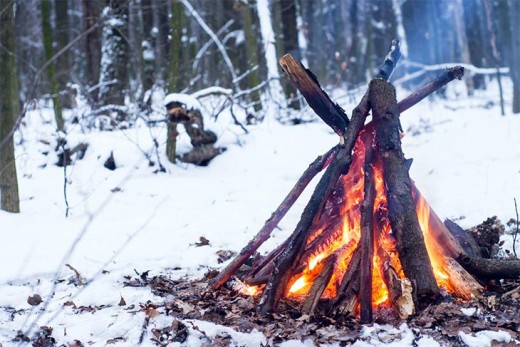
Fire is the result of a chemical reaction between atmospheric oxygen and some fuel (e.g. from wood and gasoline).
Apparently, wood and gas don’t simply catch fire when there’s oxygen around – for the combustion reaction to proceed, one needs to heat the fuel.
For instance, when the fuel wood is heated to 100°C (212 °F -- its ignition temperature) the moisture inside the wood boils which escapes as steam, thereby causing the wood to dry out. As it dries, the wood begins to release combustible gases at 300°C (572°F).
These gases ignite when they come in contact with flame. As the gases burn, the wood’s temperature goes all the way up from 300 to 593°C(1,100°F). As the wood is consumed and is eventually emptied of its gases, it leaves charcoal and ashes behind.
In another story, what if you can only find wet wood after it has just rained? Most campers ask us how to start a fire with wet wood. Well, it's pretty easy and straightforward since you only have to scrape off the bark and subject the wood to fire to dry it out. But since it's slightly wet, it may take a little longer to release combustible gases.
Estimating Fire Temperature
1. Estimating fire temperature based on fire regions
Open flames such as campfires possess what we call “turbulent diffusion flames.” There are three different regimes on an open fire – the continuous flame region, intermittent flame region, and the thermal plume region.
One can estimate the fire’s temperature according to regions. The first region or the continuous fire region is situated slightly above the fire’s base. It features constant temperatures that are slightly below 900°C.
Above the continuous region lies the intermittent flame region. The temperatures in this region consistently drop from 900°C as it moves up the plume. A distinctive part of this region, the visible flame tips, corresponds to a temperature of about 320°C.
Lastly, beyond the flame tips lie the thermal plume region. One can see no flames in this area and the temperature here continually drop as the height increases.
2. Estimating fire temperature based on flame color
As objects catch heat, the vibration speed of their molecules increases. The increase in the particles’ motion is the basis of heat. A manifestation of this increased molecular energy is the apparent color changes associated with the flame.
As the temperature and the surrounding air increases, the vibration likewise increases. With this, the color of the flame changes. Hence, a quick way of estimating fire temperature would be to learn what certain colors correspond to specific temperature ranges.
Tabulated below is the correlation between flame color and temperature in degree Celsius and Fahrenheit.
Flame Color
| Temperature (°C)
| Temperature (°F)
|
|---|---|---|
Yellow
| <475
| 350-800
|
Faint Red
| 475
| 885
|
Faint Red to Dark Red
| 475 to 650
| 885 to 1200
|
Dark Red to Cherry Red
| 650 to 750
| 1200 to 1380
|
Cherry Red to Bright Cherry Red
| 750 to 815
| 1380 to 1500
|
Bright Cherry Red to Orange
| 815 to 900
| 1650 to 2000
|
Table sourced from Citrusbocc.com
An excellent application of this color change concerning temperature is our old stove burners at home. Have you noticed that when you set the stove at low, the flame emits a bright yellow color and if it’s in the high setting, it turns blue?
Actually, the Bunsen burner only supplies more air and gas to heighten the flame’s temperature to create a complete combustion in the case of the blue flame.
With the critical information we’ve gathered, we think we can now answer how hot does a campfire get.
How Hot Does A Campfire Get?
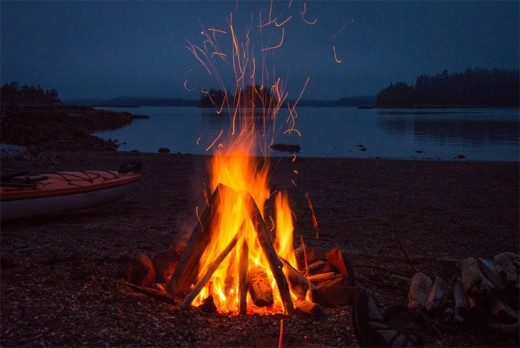
Campfires are very useful in camping. It offers a multitude of benefits more than roasting marshmallows and creating an Instagram-worthy photo. It can be utilized to cook food, keep our bodies warm, and dry out our clothes and wet camping gear.
Upon lighting the wood, tinder, and kindling we gathered to build the campfire, it first emits a yellow flame which ranges from 350-800 °F. Of course, this temperature only lasts for a while, specifically during the first 30 minutes to an hour of the burning process.
The average, middle-sized campfire flame can reach temperatures of over 1650-2000 °F, especially if it’s a continuous fire in open air. It emits an almost orange flame, and it reaches that temperature range after about three hours of burning.
Some Campfire Precautionary Measures
- Because of a campfire’s very high temperature, campers should not lay or sleep too close to a campfire and must always be vigilant when there are children around.
- If a campfire is fed with too many dry logs or left unattended, sparks can fly and may reach other forest vegetation which may potentially cause forest fires. Hence, campers should first clear the surrounding area of dry matter and any flammable materials before creating a campfire. Also, make it a controllable size.
- For those wishing to cook over the campfire, cook only at the early stages of the fire, before adding more dry logs. You can gauge a rough estimate of its temperature by placing your palm about 2 inches away from the embers. If your palms feel warm enough, place your cookware in the fire and start cooking.
Campfire Recipes
How would you enjoy a campfire night without munching on something? If you have a sweet tooth or plan to bring kids along, then this video below showcasing yummy campfire recipes will definitely be a big hit in your next camping session.
Hey, camper! How hot do you think a campfire truly get? Have you measured it before? Can you suggest other campfire recipes or games? We’d love to hear your thoughts in the comments section below. Oh, don’t forget to share this post before leaving. Cheers!

